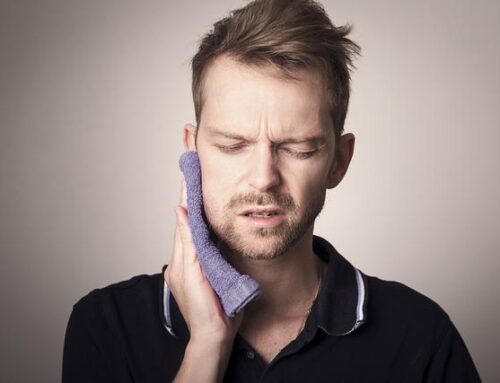We have learned that the prevalence of temporomandibular joint (TMJ) disorder (TMD) is between about 5% and 12%. In fact, TMD is higher among younger people and twice as prevalent in women as men. When this jaw pain occurs, it often is chronic and can last for more than five years. Since you need your jaw to eat, chew and talk, this ongoing pain can be frustrating and interfere with your daily life.
But there is a bright note to keep in mind–there is something that can help reduce the pain. If you suffer from jaw or facial pain–even headaches or migraines–Boto can be an effective way to manage TMD and reduce tension in the facial muscles.
How does Botox help with jaw pain?
Well, Botox can be injected into muscular structures around the TMJ to decrease spasms and improve overall muscle flexibility that can help to restore function. The Botox injection temporarily eliminates the signals between your nerves and muscles, which means it can decrease the forces exerted on the jaw joint and relieve your pain.
In fact, studies have shown that Botox injections not only help to relieve muscle tension, but they also help to block pain signals to the brain. As a result, you will experience pain relief. Botox is a minimally invasive and fast acting solution for symptoms that might otherwise require extensive treatment or surgery.
Contact Dr. Mayoor Patel at Craniofacial Pain and Dental Sleep Center of Georgia to learn more about Botox for TMJ pain and migraines.






